UWM faculty, staff and students have been carrying out top-quality research for more than half a century. Their efforts have resulted in increasing extramural funding, major research fellowships and honors awarded to faculty and students, and a gradual climb in the Carnegie Classification of Institutions of Higher Education – the gold standard in rankings.
A Strong Beginning, 1956-72
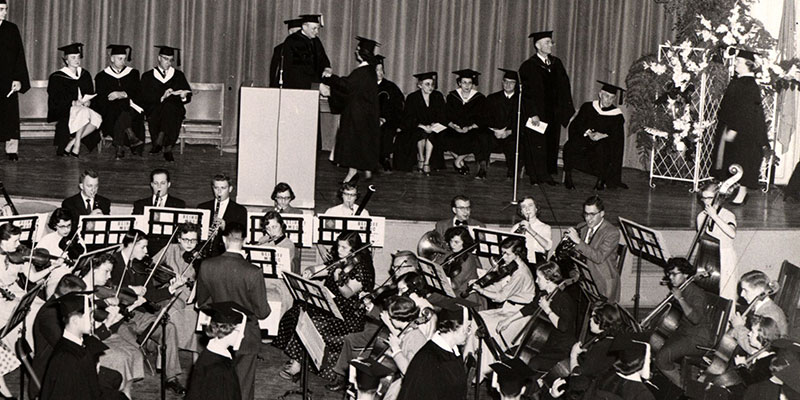
UWM’s roots date from the 1956 merger of two public institutions of higher education in Milwaukee, the Milwaukee Extension Center and the Milwaukee State Teachers College, following a long political debate about the need for a major university in the state’s largest city. UWM grew from approximately 6,000 students in the mid-1950s to about 20,000 by 1970. University of Wisconsin President Fred Harvey Harrington (1962-1970) was committed to elevating UWM to major university status and strongly supported the expansion of faculty research and the development of UWM’s doctoral array to promote graduate student research. The first free-standing doctoral program was authorized in 1963 in math, and programs in geography, psychology, botany, political science, English, physics, anthropology, chemistry, education, and economics followed quickly. When the UW System was founded in 1972, UWM and UW-Madison were designated the doctoral universities and shared a research and doctoral mission.
Growth and Promise, 1972-1986
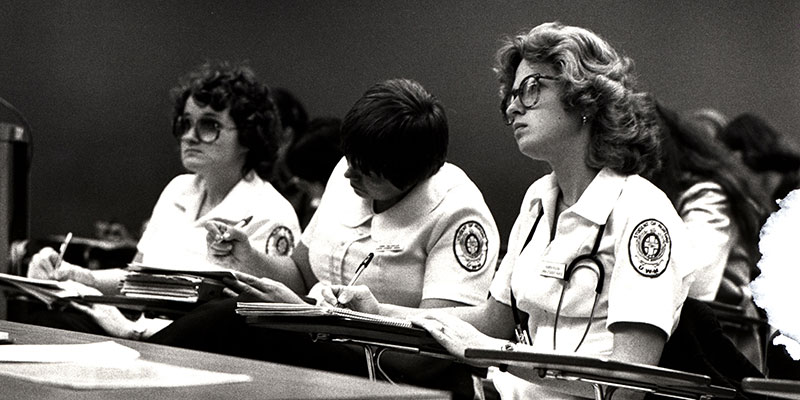
The importance of research and graduate education at UWM was affirmed in UW System’s founding document, but at the same time UWM lost its previous access to the Wisconsin Alumni Research Foundation (WARF) endowment, which had grown to over $100 million. UWM’s tight footprint on Milwaukee’s east side meant it was essentially landlocked in terms of infrastructure expansion, including for research. A decision to give UWM roughly half of the per-student General Purpose Revenue given to UW-Madison created dramatically disproportionate funding levels for the two doctoral campuses. Despite the lack of substantial research funding from the state or a large endowment, however, research at UWM continued to grow with 17 doctoral programs authorized by 1986. The last to be added during this period were in architecture and nursing. In that year, Milwaukee-area lawyer Frank J. Pelisek headed a large task force of business and civic leaders whose report, “UWM and the Future of Metropolitan Milwaukee,” stressed that “a major doctoral research university was a powerful intellectual and technological resource essential to achieving their goals” of creating “a bright future for Metropolitan Milwaukee.” Their report outlined a bold plan for further strengthening UWM to “carry us into the next century and beyond” with “particular attention to the university’s research and doctoral mission.”
Challenges and Advances, 1986-1994
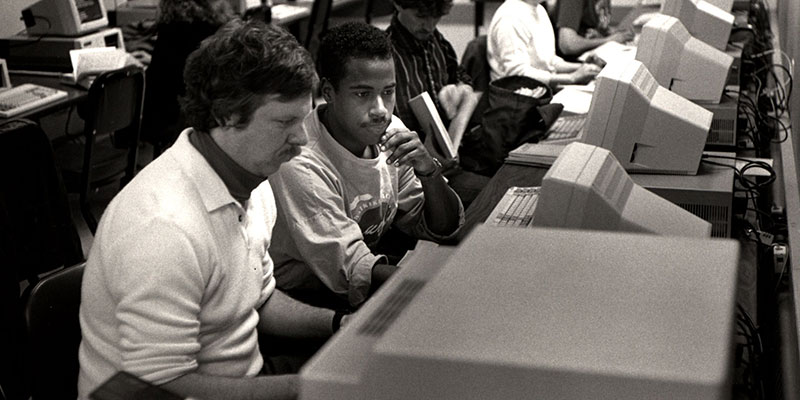
The Pelisek report made 15 recommendations for strengthening all aspects of UWM, including in research, its international ties, the performing and visual arts, and the quality of education at every level, from pre-college to graduate. This last area later came to be called UWM’s “access” mission, providing an affordable college education for first-generation college students, working and working-class students, minority students, returning veterans, and students with disabilities. The Pelisek task force called on the UW System Board of Regents, UWM and public and private leadership in the greater Milwaukee community to help achieve these objectives. The Board of Regents did not take up the task force’s recommendations on growing UWM’s research and doctoral mission, however, and between 1987 and 2003, it approved no new doctoral programs and few dedicated budget initiatives for research at UWM. Despite this, extramural research awards gained through faculty and staff initiatives climbed from about $2 million in 1972 to about $12 million in 1994. In that year, the Carnegie Classification raised UWM from its group of doctoral institutions with moderate research activity, often called R3, to doctoral institutions with higher research activity, or R2. That change recognized UWM as one of the top 200 research universities in the United States.
A Double Mission, 1994-2003
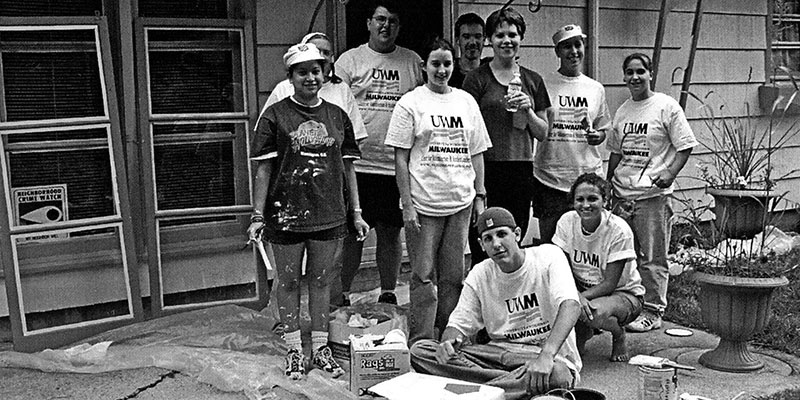
The elevation of UWM to R2 status in conjunction with strategic planning prompted a new set of discussions about research growth in the mid-1990s. It was becoming clear that the heavy industrial manufacturing economy that had been the lifeblood of the region for more than a century was shrinking, and a new knowledge-based economy, focused on health care, information processing and technology, was growing. The future was visible, but the effects of the transformation were extremely painful as plants closed, unemployment rose and Milwaukee’s workers found themselves facing hard times. Out of this complex mix came debate about whether to push for a renewed research focus to foster economic development or to expand the access mission to help underemployed Milwaukee residents shift into the new economy. By the late 1990s, the campus committed to maintain and grow both its research and access missions, describing itself as Wisconsin’s “premier urban public research university.” UWM began expanding graduate education and planning new doctoral programs in a range of fields, seeking allies among business and civic leaders statewide to support these goals. After a 16-year hiatus, the UW System Board of Regents began approving new doctoral programs at UWM again in 2003.
Expansion and Recognition, 2003-2016
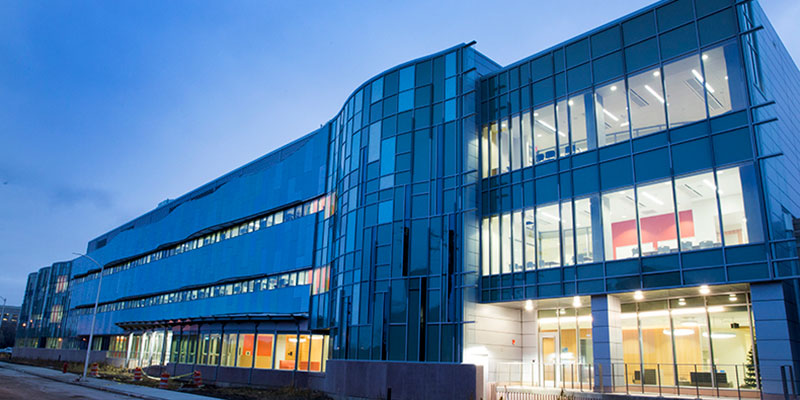
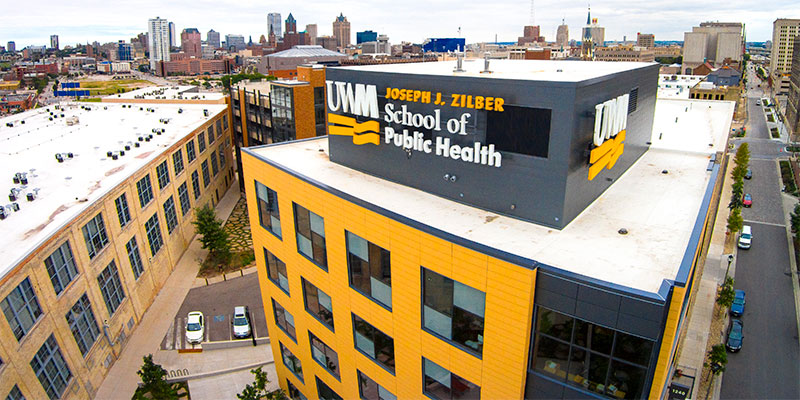
The early to mid-2000s were boom years in research and graduate education at UWM. Total campus enrollment and degrees granted increased, as did extramural research awards, growing to $36 million in 2009. The state made a renewed commitment to building both the research and access missions of the campus with funding for new buildings; the establishment of the School of Freshwater Sciences and the Joseph J. Zilber School of Public Health, which reflected growth areas for southeastern Wisconsin; and an enlarged base of faculty members, academic staff, and post-doctoral researchers in many fields. The state promised roughly $250 million in the capital budget for building projects, and some $30 million in base budget funding for the campus over three two-year budget cycles. The first base budget infusion of $10 million came in 2007-2009. Not surprisingly, scholarly output, international recognition and citations, and successful grant applications grew, and programs climbed in international rankings. UWM created a wider array of research opportunities for undergraduates, which allowed it to grow its own applicants for graduate programs and better serve its high-achieving students, the vast majority of whom come from Wisconsin. With new and expanded graduate programs, the number of doctoral degrees in academic and clinical fields increased from 80 to 100 per year – a number that had been steady since the 1980s – to more than 200 in 2014. Many of these doctoral recipients stayed in the state, and in a number of fields UWM became Wisconsin’s leading producer of PhD-trained workers. All of these developments together led the Carnegie Classification in 2016 to raise UWM from R2 to R1 status, the category for doctoral institutions with highest research activity. That placed UWM in the top 115 research universities in the United States. In addition, the Carnegie Foundation for the Advancement of Teaching granted UWM its Community Engagement Classification in 2015, thus affirming UWM’s dual mission of research and access.
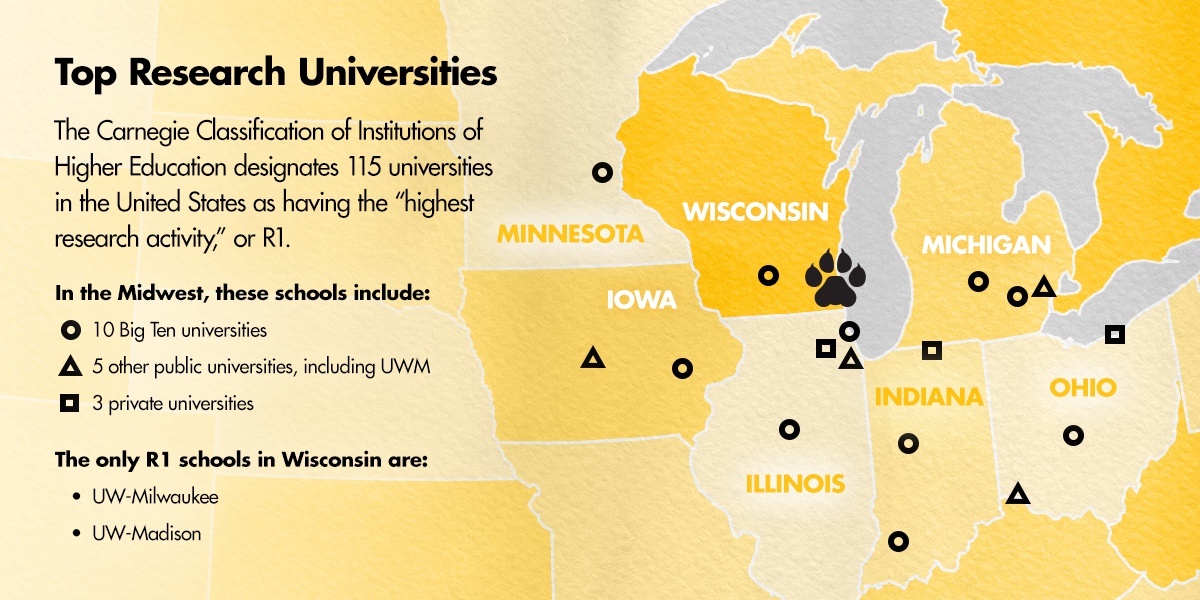
Looking Forward, 2017 and beyond
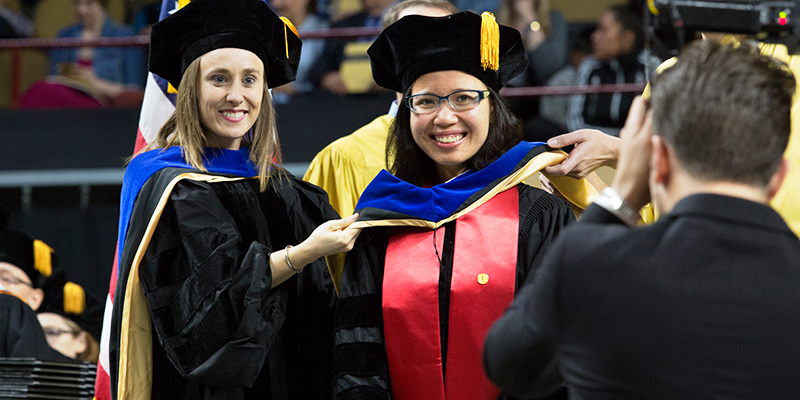
UWM’s achievement of R1 status validated decades of research, creative work and academic program building by faculty and staff members and students, but it was clouded by the effects of the 2008 economic crisis and eroding state financial support for higher education. Twenty million dollars in base budget that had been promised by the state in the mid-2000s was not appropriated, and UWM has had to find replacement money to support the continued development of its programs. The number of faculty members began to decrease as those retiring or leaving were not replaced, and by 2016, 35 percent of faculty members were older than 55. Fewer faculty members mean fewer graduate students and less research funding, the key metrics of Carnegie rankings. If UWM is to retain its hard-earned R1 ranking and remain a top-tier research university and destination campus, the trend must be reversed. Thirty years ago, the Pelisek report stressed the critical role of a major public doctoral research university in creating a bright future for Milwaukee, and this has only become more true in the decades since.
– Merry Wiesner-Hanks, Distinguished Professor of History